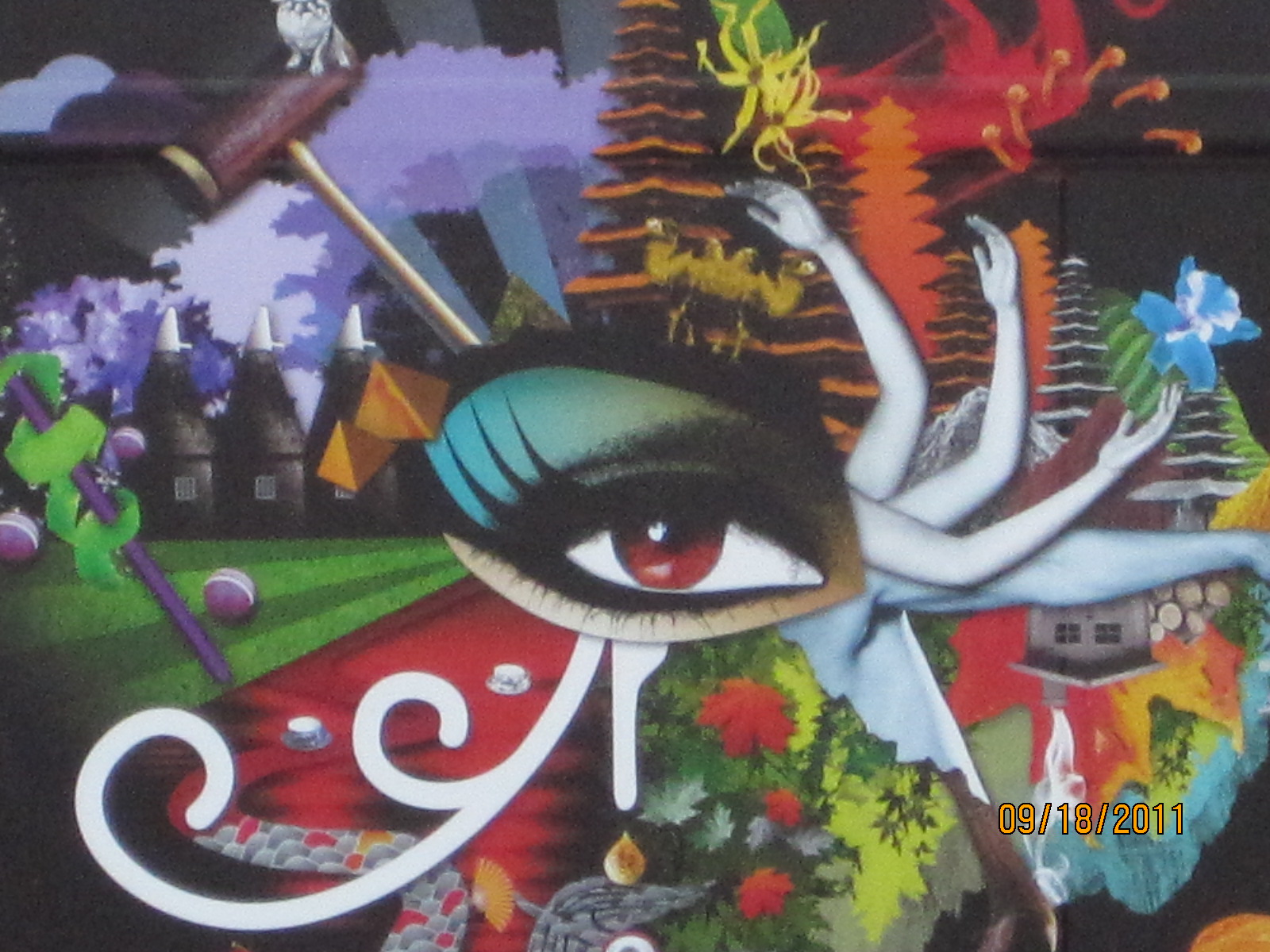…America.
Wanting to share the best of the Pacific Northwest with a dear friend, I decided we’d tour Mount Rainier and Mount St. Helen’s. This was Laurie’s first visit, and airfares from the east coast being what they are, I was pretty sure she’d not be returning anytime soon.
I’ve no idea why I’d never thought to travel out that way before, except to say that neither my husband nor I are overly keen about venturing forth into the great outdoors. Simply put, we like to leave it to the critters that call it home.
One day, while out walking in Banff, Canada, I almost came face to face with a giant black bear. From then on, I decided to enjoy the outdoors…from the safety of the indoors.
Since I was born in Hawaii where volcanoes loom large around every bend in the road, it could also be that I had no inclination to see two more.
Was I ever wrong.
The drive towards Mount Rainier felt desolate. The two-way road was pretty isolated, except for the occasional car driving in the opposite direction. Acres and acres of evergreens lent an eeriness to the quiet hanging heavy all around us. If it weren’t for the intermittent chatter between Laurie and me, we might have been three souls traveling alone toward a destination as yet unrevealed to us.
A little spooky, I thought.
Thankfully the sun shone bright as we made our way along, what was for us, uncharted territory. More than once I proclaimed “How majestic!” as the Cascades Mountain Range unfolded before our eyes. If there ever was a place God designated as his, this was it.
While we didn’t see the summit of Mount Rainier because it was hidden by a heavy blanket of clouds, we hiked a winding trail up a nearby mountain in the hopes we’d catch even a glimpse. Breathing heavily because of the elevation, we climbed uphill gingerly so as not to lose our footing and tumble backwards over bumpy terrain.
Stretching out all around us were fields and fields of wildflowers. Seeing them made our questionable decision to continue the ascent worthwhile.
The following day we drove in the direction of Mount St. Helen’s.
In May 1980, it famously exploded in an eruption that sent a landslide of uprooted trees, bridges, houses and other debris 50 miles downstream. Sadly, lives were also lost. According to Wikipedia…
Fifty-seven people were killed during the eruption.[52] Had the eruption occurred one day later, when loggers would have been at work, rather than on a Sunday, the death toll would almost certainly have been much higher.[8]
83-year-old Harry R. Truman, who had lived near the mountain for 54 years, became famous when he decided not to evacuate before the impending eruption, despite repeated pleas by local authorities. His body was never found after the eruption.
Another victim of the eruption was 30-year-old volcanologist David A. Johnston, who was stationed on the nearby Coldwater Ridge. Moments before his position was hit by the pyroclastic flow, Johnston radioed his famous last words: “Vancouver! Vancouver! This is it!”[53] Johnston’s body was never found.
A young geologist lectured small groups of visitors on the science behind volcanic eruptions, and more specifically the one that occurred at that site. Of particular interest to me was her explanation that Hawaiian volcanoes aren’t destructive to human life unless, of course, a person is in the path of its lava flow. The difference, she said, was that the nearby ocean salt causes Hawaiian volcanoes to be fluid, not explosive.
My relatives living on the islands should be able to rest easy. You think?
Another volcanic dome is growing within the crater of Mount St. Helen’s. Earthquakes continue to occur regularly. When I asked the geologist about the next eruption occurring while folks were in the area, she seemed to take the question in stride. She said the experts would call in time to alert everyone to leave.
Hmmm…
I think I’ll start reading the earthquake reports myself. I’m no Olympic runner.
…not by a long shot.
………hugmamma.




